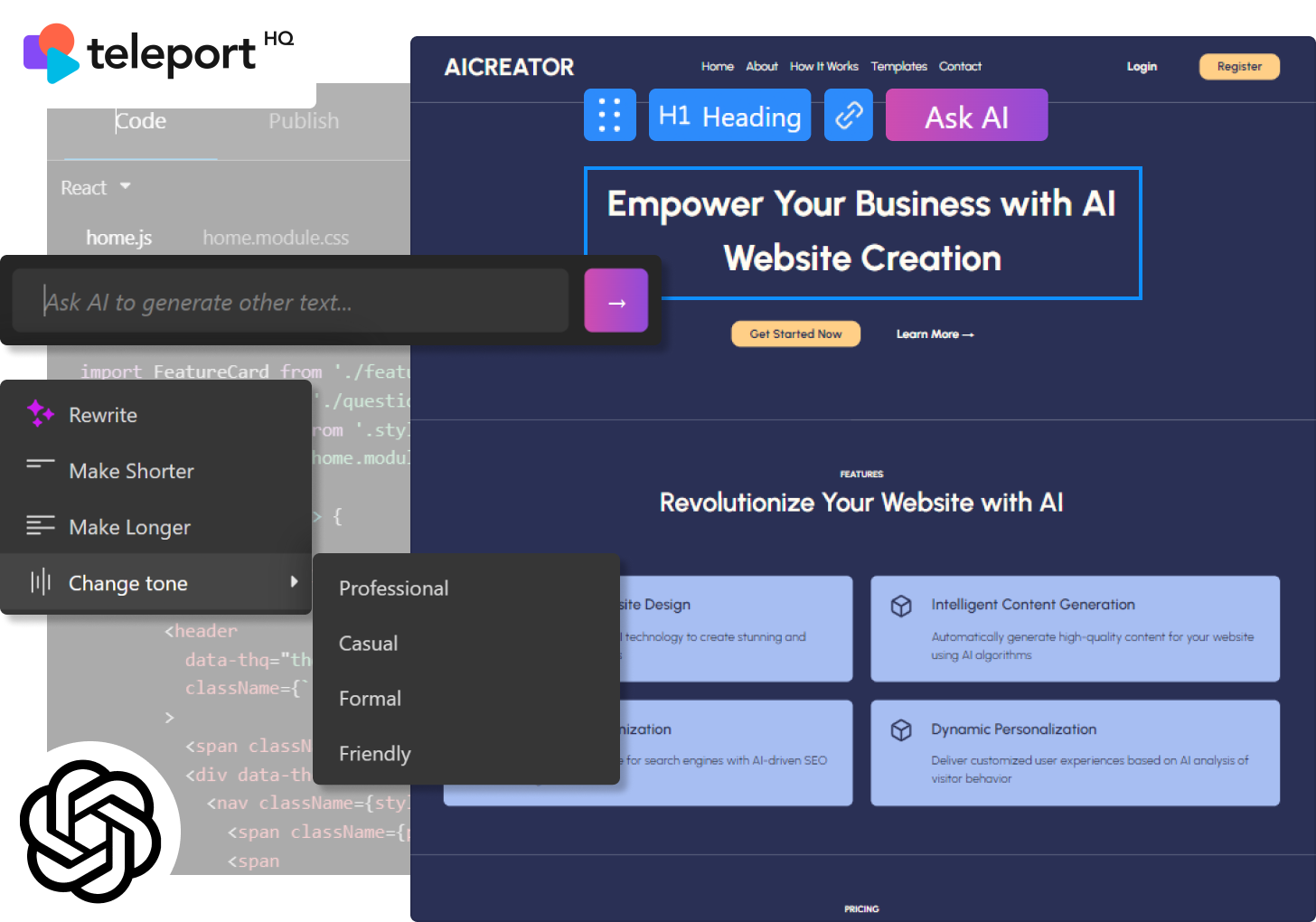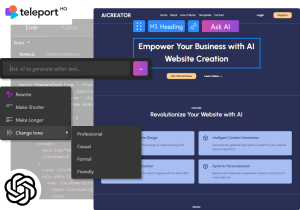Stay Ahead of the Curve With AI for Competitive Intelligence
Introduction
In today’s rapidly evolving markets, falling behind the competition can happen in an instant. Trends change, customer expectations shift, and your competitors constantly adapt. The businesses that win are the ones that stay ahead of the curve—and AI For Competitive Intelligence is how they do it.
This isn’t about just keeping up. It’s about seeing what’s coming before it hits and positioning your business to capitalize on it.
What Does It Mean to Stay Ahead of the Curve?
Staying ahead means predicting—not reacting. It means identifying new trends, detecting shifts in competitor behavior, and adjusting your strategy before the rest of the market even notices. Traditional research and manual monitoring are too slow. That’s why AI for Competitive Intelligence is becoming essential.
Why It Matters:
- You’ll spot emerging customer demands early
- You can launch features before your competitors do
- You avoid investing in outdated strategies
- You react in real-time to market and competitor shifts
How AI for Competitive Intelligence Keeps You Ahead
1. Predictive Insights, Not Just Historical Data
Most tools give you backward-looking data. AI tools use machine learning to identify forward-looking patterns, enabling you to act on what’s likely to happen next—not just what already happened.
2. 24/7 Competitive Monitoring
AI systems don’t sleep. They constantly monitor your competitors’ websites, reviews, job boards, news, and social media. That means you’re the first to know when your competitor makes a move—whether it’s a new product launch or a pricing change.
3. Smart Alerts and Summaries
AI doesn’t just throw raw data at you. It summarizes, ranks, and prioritizes what matters most. For example, instead of sifting through 100 competitor tweets, you get a brief that says:
“Your competitor is shifting focus toward sustainability in their last 5 campaigns.”
4. Real-Time Trend Detection
AI can aggregate data from multiple sources to identify market trends as they emerge. For example, if several competitors suddenly start hiring for a new tech stack, AI can detect that shift and alert your product team.
Use Cases: What You Can Do With AI for Competitive Intelligence
| Objective | AI Strategy |
|---|---|
| Spot new market trends | Analyze competitor blogs, job listings, and social posts |
| Improve product roadmap | Monitor feature releases across rivals |
| Enhance marketing strategy | Track changes in messaging, positioning, and content |
| Prepare sales teams | Build live sales battlecards based on real-time data |
| Benchmark performance | Compare ad spend, SEO traffic, and sentiment data |
The Tools That Help You Stay Ahead
You don’t need a huge budget to leverage this power. Many AI-driven tools are either free or affordable:
- Crayon – Monitors competitive intelligence and turns it into visual insights
- Kompyte – Creates automatic sales enablement assets like battlecards
- ChatGPT + Custom Prompts – Use prompt engineering to generate insights from public data
- Similarweb – Tracks traffic shifts and content strategy
- Google Alerts + AI Digest Tools – Lightweight way to monitor mentions and summarize updates
Real Example: Beating the Market to a Product Launch
A mid-market SaaS company noticed through their AI-powered alerts that two competitors were increasing content around “AI-integrated dashboards.” Before the trend exploded, they fast-tracked development and launched a similar feature. Because they were first to market, they captured 30% of the search volume—and saw a 50% boost in demo requests.
Steps to Stay Ahead With AI for Competitive Intelligence
- Define Your Competitive Landscape
Identify your key competitors and what you want to track (products, marketing, hiring, etc.) - Set Up Your AI Tools
Use a combination of prompt-based tools and monitoring platforms - Create Alerts & Summarization Workflows
Don’t just collect data—get insights delivered in plain language - Share Intelligence Across Departments
Keep product, sales, and marketing aligned with weekly or real-time updates - Continuously Optimize
Update your monitored sources and refine your prompts or metrics regularly
Conclusion
If you’re relying solely on quarterly reviews and delayed reports, you’re already behind. AI for Competitive Intelligence empowers your team to stay ahead of the curve—by spotting signals early, adapting in real time, and making confident strategic decisions faster than the competition.
Use it not just to observe—but to lead.
Let me know if you want this formatted for your website’s CMS, turned into a LinkedIn post, or paired with a list of free prompts or tools!












Post Comment